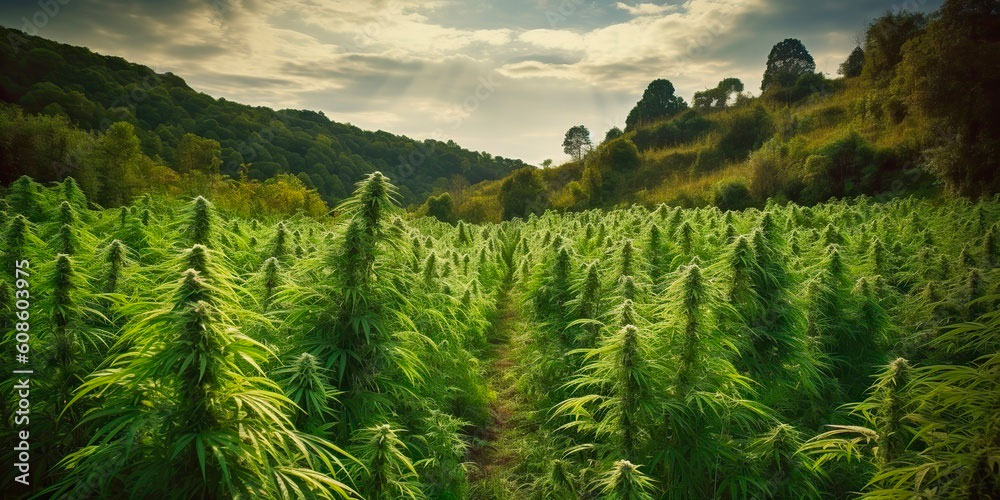In recent years, CBD (cannabidiol) has emerged as a popular wellness trend, touted for its potential health benefits and therapeutic properties.
However, the story of CBD stretches far beyond contemporary buzz, delving deep into the annals of history where this remarkable compound has been revered and utilized for millennia.
Let’s embark on a journey through time to uncover the fascinating history of CBD.

Ancient Origins
The roots of CBD can be traced back thousands of years to ancient civilizations that cultivated and revered the cannabis plant for its various uses. Historical records indicate that cannabis was utilized in regions such as ancient China, India, and Egypt for medicinal and ceremonial purposes.
In these cultures, cannabis was valued for its therapeutic properties, with early practitioners harnessing its healing potential to address a myriad of ailments.
Medieval and Renaissance Europe
As trade routes expanded during the medieval period, cannabis found its way to Europe, where it continued to be valued for its medicinal properties. In the 15th and 16th centuries,
European herbalists and physicians such as Paracelsus and William Turner documented the use of cannabis for treating conditions ranging from pain and inflammation to epilepsy and insomnia.
19th Century Pharmacology
The 19th century saw a surge of interest in cannabis within the field of Western medicine. Cannabis extracts were commonly prescribed by physicians for various ailments, and cannabis-based remedies were widely available in pharmacies across Europe and the United States.
One notable figure from this era is Sir William Brooke O’Shaughnessy, an Irish physician who introduced cannabis to Western medicine after witnessing its therapeutic effects during his time in India.
The Rise of Modern Cannabis Research
Despite centuries of historical use, cannabis faced increasing scrutiny and regulation in the 20th century, culminating in its classification as a Schedule I controlled substance in the United States in the 1970s. This classification severely restricted research into the plant and its compounds, including CBD.
However, attitudes towards cannabis began to shift in the late 20th and early 21st centuries, leading to a resurgence of scientific interest in its potential therapeutic applications.
The Discovery of CBD
In 1940, CBD was first isolated from the cannabis plant by Roger Adams and his team at the University of Illinois.
However, it wasn’t until several decades later that scientists began to unravel the pharmacology of CBD and its interactions with the endocannabinoid system, a complex network of receptors involved in regulating various physiological processes.
The CBD Boom
The past decade has witnessed a remarkable resurgence of interest in CBD, driven by growing anecdotal evidence and scientific research supporting its potential health benefits.
Today, CBD products can be found in a wide array of forms, including oils, tinctures, capsules, edibles, topicals, and more. From alleviating pain and anxiety to promoting relaxation and sleep, CBD is being explored for its potential therapeutic effects across diverse applications.
Conclusion
The history of CBD is a testament to the enduring fascination with the cannabis plant and its therapeutic potential. From ancient remedies to modern marvels, CBD has traversed centuries of human history, leaving an indelible mark on cultures and societies around the world.
As research into CBD continues to evolve, we can expect to uncover even more about this remarkable compound and its role in promoting health and well-being.
As we stand at the precipice of a new era of cannabis acceptance and understanding, it’s essential to honor the wisdom of the past while embracing the possibilities of the future. In doing so, we can continue to unlock the full potential of CBD and harness its benefits for generations to come.